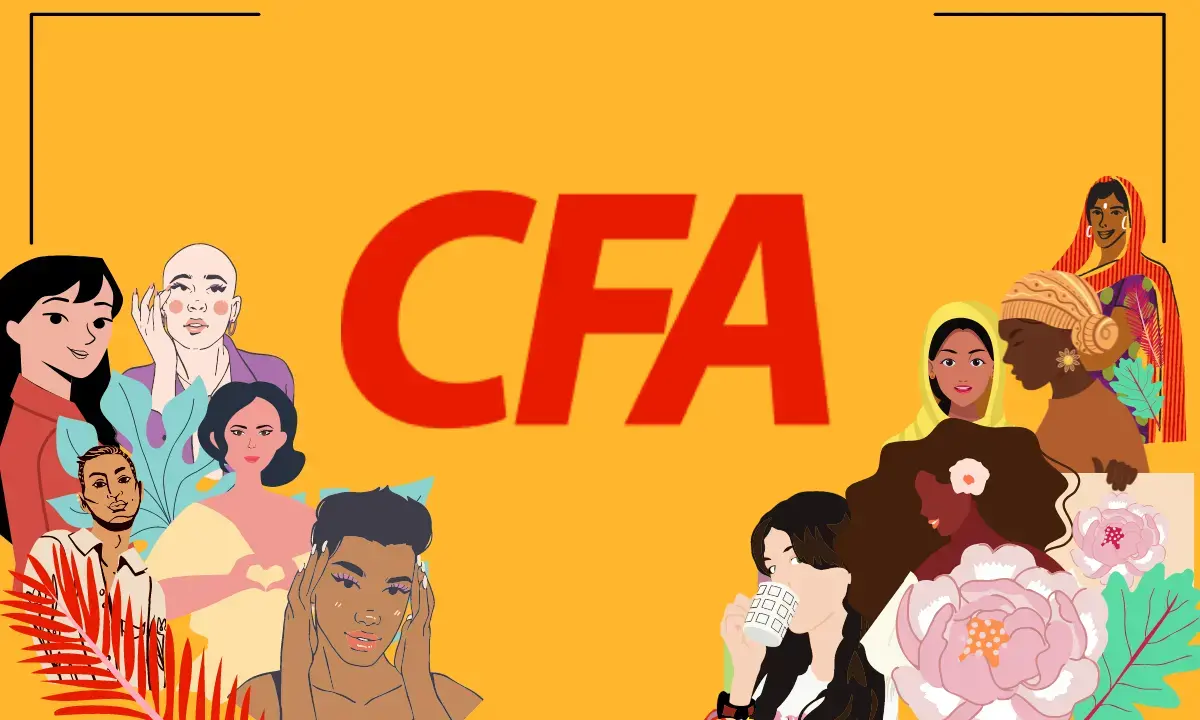Title IX’s Place in Women’s History
Considered one of the landmark achievements of the women’s civil rights movement, Title IX turns 50 this year.
While women were breaking barriers and entering the workforce in large numbers for the first time in the 1960s and 1970s, they still faced discrimination. Many activists also recognized the need to uplift and prepare the next generation of women: to make sure women could choose which sports to play, which enrichment programs to partake, which colleges to attend, which majors to study. They wanted equal access to quality education institutions.

To ensure this, Title IX was passed in 1972: “No person in the United States shall, on the basis of sex, be excluded from participation in, be denied the benefits of, or be subjected to discrimination under any education program or activity receiving federal financial assistance.”
This landmark bill sought to ensure that women wanting to enroll and teach at colleges and universities could not be discriminated against from doing so. It sought to ensure that colleges and universities had to offer women athletes equivalent athletics programs and resources that they provided to men. Title IX required that all education programs and activities receiving federal funding protect students, faculty, and staff from sex-based discrimination, and bans many aspects of gender inequality that had previously been tolerated or overlooked in education.
“Title IX transformed many women’s lives. It helped erode gender stereotypes about ‘female’ or ‘male’ coursework and professions. Women could now study what we wanted and earn more degrees and become professors,” said Monisha “Moe” Miller, CFA Associate Vice President of Lecturers, South, and CSU Fullerton lecturer. “We could now contribute in new and different ways to the next generation, and we have a meaningful tool to hold schools accountable for the safety of all students and workers.”
Middle schools, high schools, colleges, and universities are legally required to respond and remedy hostile educational environments and failure to do so is a violation that could mean loss of federal funding, as highlighted by Know Your Title IX.
“Title IX is probably the most important law passed for women and girls in Congress since women obtained the right to vote in 1920,” explains Bernice Sandler in highlighting the women who pioneered and protect Title IX.
With movements like #MeToo, Title IX has become a key tool in efforts to stop the systemic sexual harassment and violence and their cover ups at college campuses across the nation. Title IX continues to weather consistent attempts through legislation, executive actions, and lawsuits to diminish its effectiveness. This dilution includes weak Title IX policies and practices and under-resourced offices at American campuses, including those across the California State University system.
Fifty years later, the fight continues.
The fight for sex equity in college sports continues. As Oregon women’s basketball player Sedona Prince noted during last year’s March Madness college basketball tournament, highlighting the differences between weight training accommodations for men and women’s teams.
The fight for access to education and workplaces free from sexual discrimination, harassment, and assault continues, as the CSU’s appallingly shabby, inadequate, and harmful Title IX policies and practices have shown.
Join California Faculty Association
Join thousands of instructional faculty, librarians, counselors, and coaches to protect academic freedom, faculty rights, safe workplaces, higher education, student learning, and fight for racial and social justice.